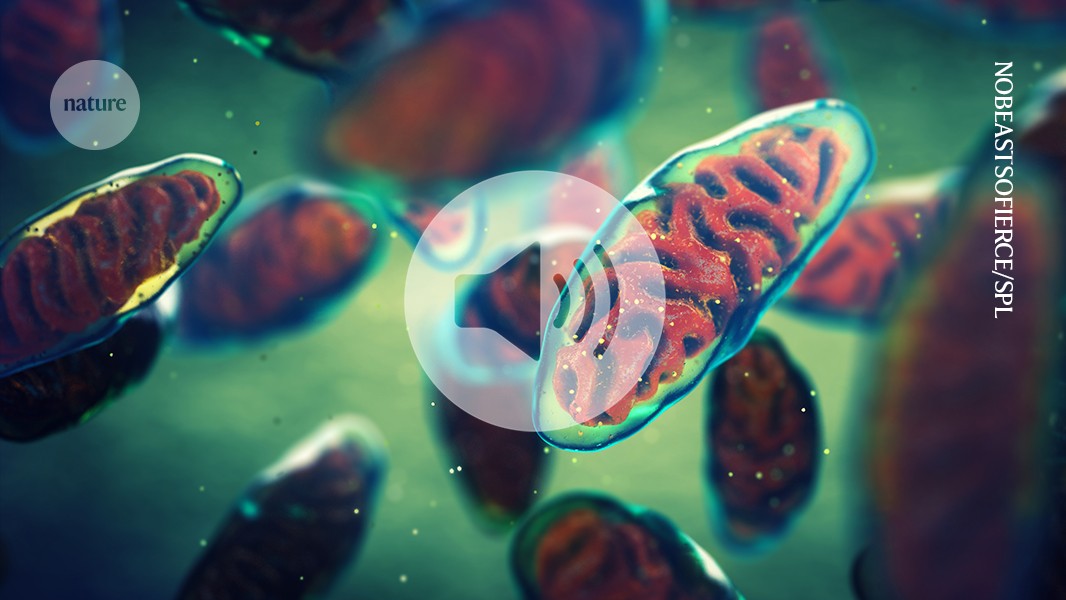Download the Nature Podcast 6 November 2024
In this episode:
00:46 Mitochondria divide their labour to help cells thrive
Researchers have uncovered that mitochondria divide into two distinct forms when cells are starved, a finding that could help explain how some cancers thrive in hostile conditions. Mitochondria are cellular powerhouses, creating energy and vital metabolic molecules, but how they are able to do this when resources are limited has been a mystery. It turns out that in nutrient-poor situations, mitochondria split into two separate types, one of which concentrates on energy production, the other on producing essential cellular building blocks. Together these allow cells to make everything they need. The team showed that this also happens in certain cancer cells, which might help them to survive and grow under hostile conditions in the body.
Research Article: Ryu et al.
News and Views: Division of labour: mitochondria split to meet energy demands
Video: A new kind of mitochondrion
07:53 Research Highlights
A tidy genome might explain naked mole rats’ long lifespans, and why the midlife crisis may not be as ubiquitous as previously thought.
Research Highlight: Naked mole rats vanquish genetic ghosts — and achieve long life
Research Highlight: The midlife crisis is not universal
10:41 A smashing way to snapshot an atomic nuclei’s shape
Physicists have revealed a new technique to image the shape of atomic nuclei — by smashing them together. The nucleus of an atom doesn’t really resemble what is shown in textbooks — they actually come in a variety of shapes, which drive an element’s behaviour. Current methods essentially take a long-exposure photo of an atom’s nucleus, which doesn’t capture the subtle variations in how the protons and neutrons arrange themselves. The new method overcomes this by colliding nuclei together and then using information on the resulting debris to reconstruct the shape of the nucleus. The researchers hope that this technique can help physicists resolve many more mysteries about atomic nuclei.
Research Article: STAR Collaboration
News and Views: Rare snapshots of a kiwi-shaped atomic nucleus
News: Scientists worked out the shapes of atomic nuclei — by exploding them
19:51 Briefing Chat
Analysing the genome of an ancient clone forest has revealed it could be up to 80,000 years old, and how putting limits on the famous infinite monkey theorem means they probably wouldn’t churn out Shakespeare before the end of the Universe.
Nature: The world’s oldest tree? Genetic analysis traces evolution of iconic Pando forest
The Guardian: Universe would die before monkey with keyboard writes Shakespeare, study finds
Never miss an episode. Subscribe to the Nature Podcast on Apple Podcasts, Spotify, YouTube Music or your favourite podcast app. An RSS feed for the Nature Podcast is available too.


